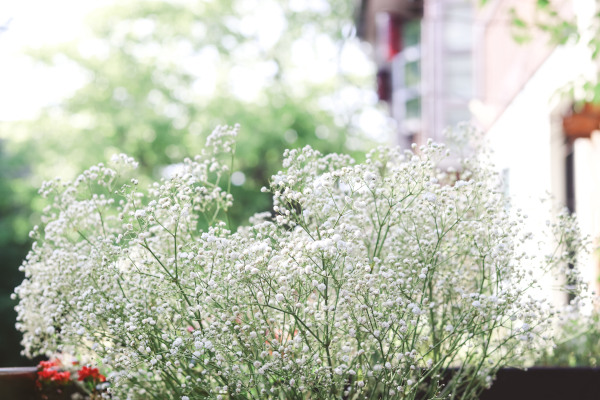How to grow Gypsophila
This member of the carnation family contains over 100 species of annuals and perennials. These can be herbaceous or evergreen, and bushy or ground-hugging. This growing guide will focus on Gypsophila paniculata, a widely cultivated herbaceous perennial grown for its mound of linear leaves and, in summer, elegant clouds of small, white to pale pink flowers.
It is also known by the common name of baby’s breath, said to refer to the milky smell of its flowers.
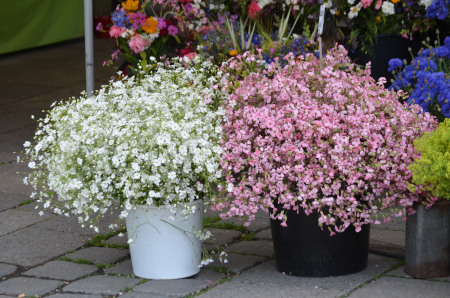
Zantedeschia is a genus of flowering plants from the family Araceae and is native to southern Africa. With a rich history dating back to the Ancient Romans, these deciduous or semi-evergreen perennials have been used as a symbol of celebration. Zantedeschia was Named after Professor Giovanni Zantedeschia, an Italian botanist.
There are two main forms of Zantedeschia: hardy and tender. Hardy forms of the plant can be grown outdoors, enjoy moist soil and full sun or partially shaded conditions - these are known as Arum lilies. Tender forms of Zantedeschia prefer being grown in containers or pots and should be brought inside over the winter - these are known as Calla lilies.
With tuberous flora in all colours from whites, yellows and oranges to deep reds and purples, Zantedeschias are not to be overlooked in any garden, as long as they have sufficient sunlight to grow in.
Ready to learn more about growing Zantedeschia? Read on for all there is to know...

Key Information
Soil pH
Position
Hardiness

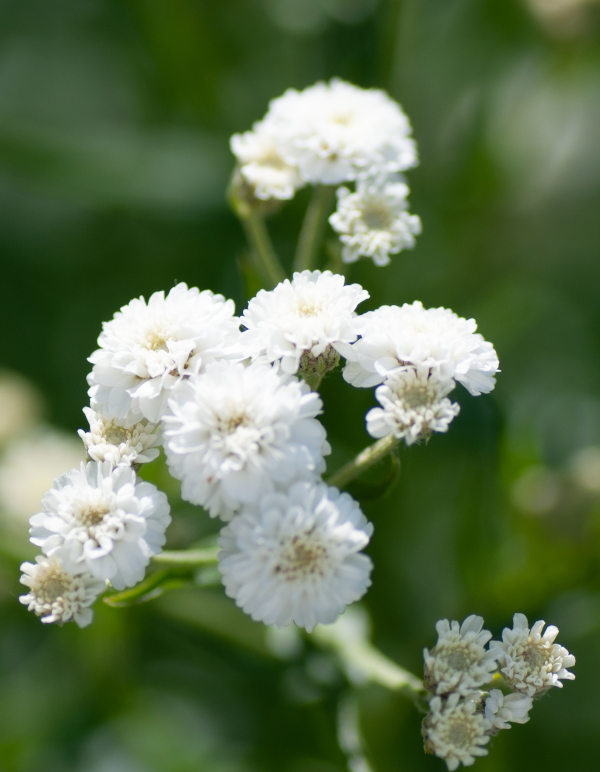
Where & when to plant Gypsophila
Position- Full sun
Soil- Deep, sharply drained, neutral to alkaline soil
Flowering Period- Mid to late summer
Hardiness- Hardy
For best results, plant in autumn or spring. An autumn planting can be done by those gardening in mild conditions (and broadly speaking, this is the southern half of the UK). For those liable to very cold winters, it is best to wait until spring (generally the northern half of the UK). Planting can also be carried out in summer, though be prepared to water regularly.
This type of gypsophila is ideal for well-draining borders and raised beds. A long tap root makes it suitable only for very tall, deep containers, and also means it is important to choose a planting spot carefully as, once established, root disturbance is strongly resented.
Avoid acidic soil, heavy, clay soil, or anywhere prone to winter waterlogging.
How to plant Gypsophila
In the ground
- Clear the chosen area of weeds.
- Dig a planting hole several times larger than the root ball. Now is the time to boost drainage, if necessary, by adding plenty of sand or horticultural grit.
- Place the plant in the hole, ensuring the top of the root ball sits level with the surface of the soil. Too low and the plant may rot, too high and the roots can dry out.
- Backfill with soil and firm in gently.
- Soak well with water.
- Mulch with well-rotted organic matter.
In a container
- Choose an appropriate container capable of accommodating a long tap root. Ensure there are plenty of drainage holes in the bottom.
- It can be a good idea to fill and plant large containers in situ to save yourself the trouble of moving once full.
- Use a good quality potting compost with plenty of horticultural grit mixed in, and, if not already present in the compost (check the description on the bag) some slow-release fertiliser granules.
- Start by partially filling the pot with compost; enough so that when placed on it the upper surface of the root ball is about 3cm lower than the top of the pot.
- Infill all the space surrounding the root ball with compost, firming down with your fingers then adding a little more so the plant is held tight.
- Pick up the pot (if you can!) and lightly tap on the ground a few times to help further settle the compost around the plant.
- Soak well with water.
- A mulch with horticultural grit will look attractive and help to prevent a ‘cap’ or crust forming on the top of the compost (something container plants can suffer due to the artificial nature of their watering).
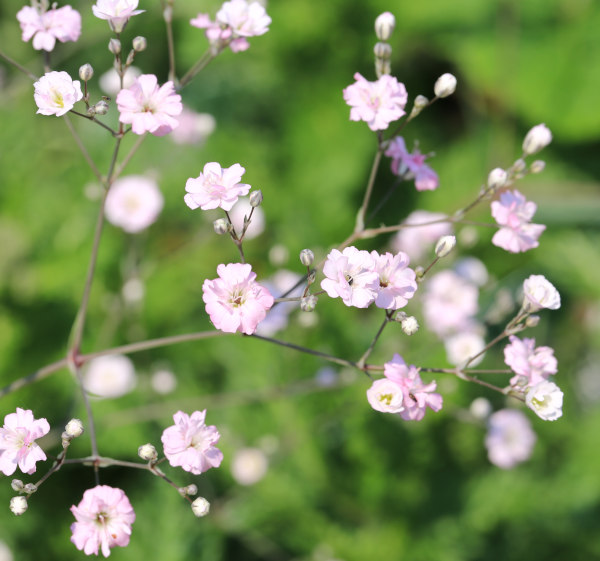
What to plant with Gypsophila
Gypsophila fits easily into a vast range of planting styles. If you have the slightly alkaline soil ideally preferred by this plant, success can be had with similarly inclined companions such as origanum, echinops, dianthus, campanula, papaver, verbena, lavender, and euphorbia.
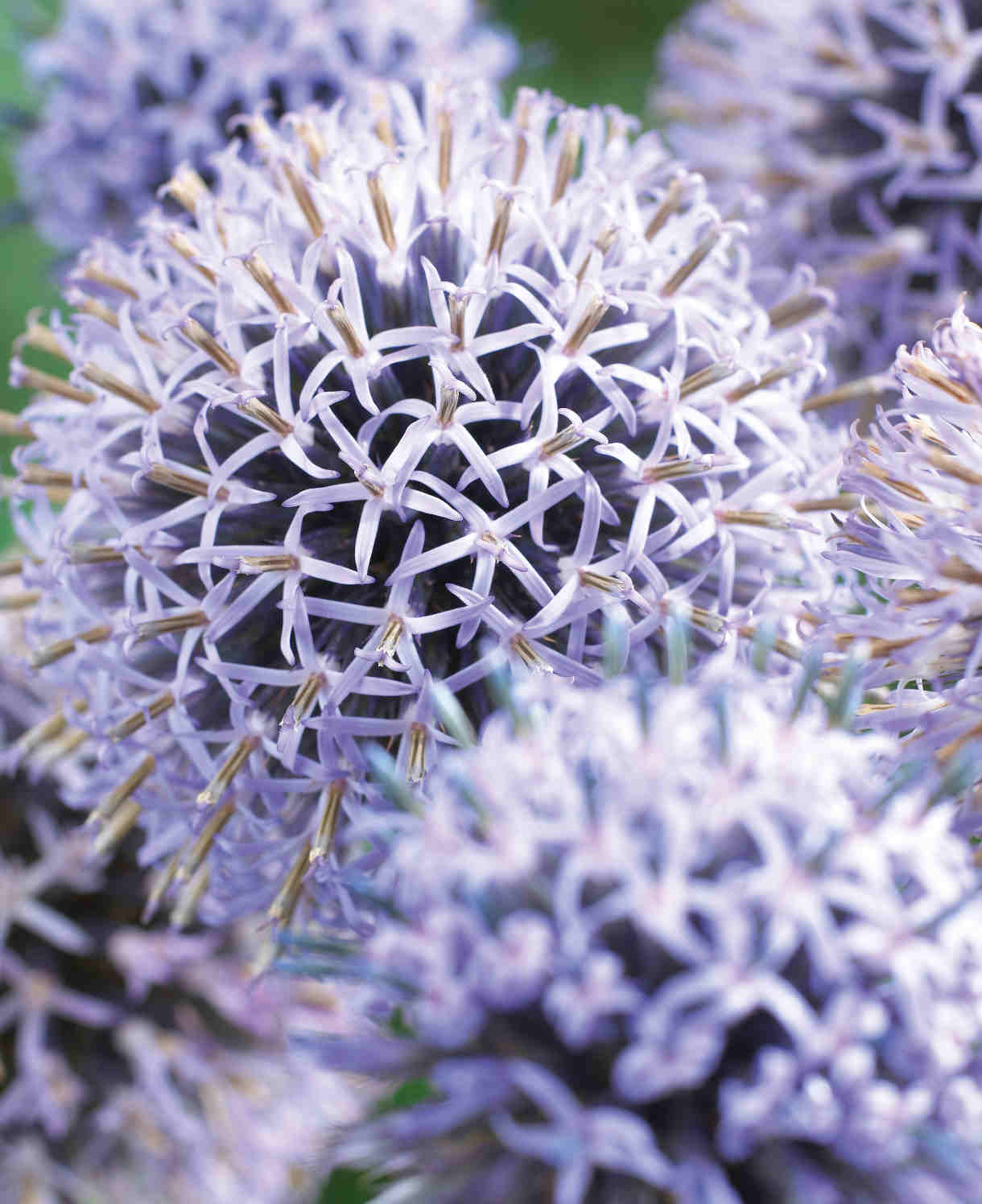
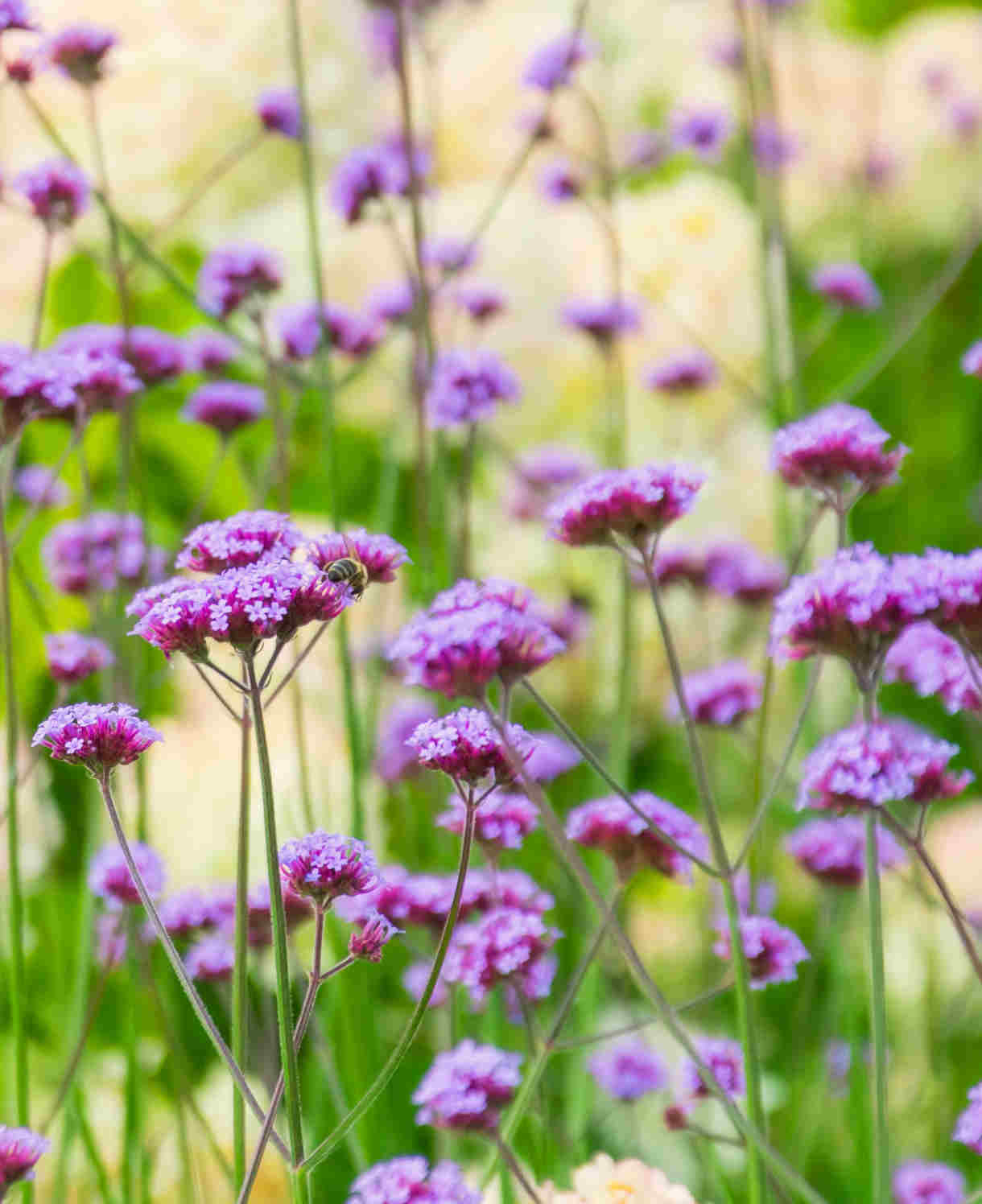
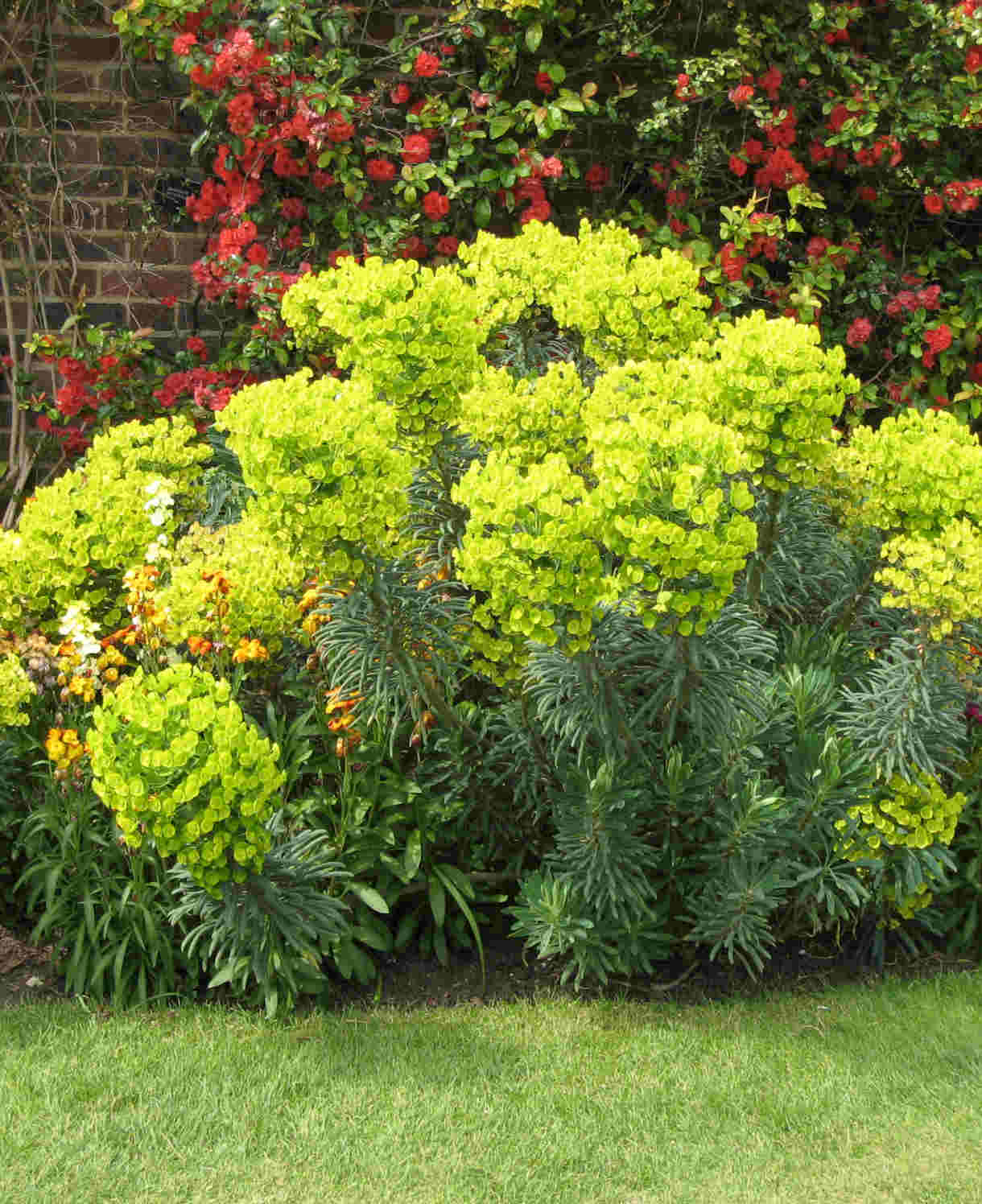
How to care for Gypsophila
Pruning and Deadheading
Cut back after flowering to encourage a second flush, and then again in autumn or spring.
Watering
Water until established, after which this drought tolerant plant is generally self-sufficient.
Container-grown gypsophila will need to be watered regularly throughout the growing season. Allow the top few centimetres of compost to dry out between soakings.
Cold Protection
This type of gypsophila is hardy and, provided it is grown in well-draining conditions, will survive a UK winter outdoors with no added protection.
Pests and Diseases
Gypsophila tends to be trouble-free, although if grown in overly moist conditions it may suffer from stem rot. Follow our cultivation advice of choosing a sunny, free-draining spot to avoid such issues.
How to propagate Gypsophila
Perennial gypsophila such as this can be propagated by basal stem cuttings in spring.
- Find several strong, basal shoots (originating from the crown) around 10-12cm long.
- With sharp secateurs or a knife, sever cleanly from as close to the base as possible.
- Put them in a plastic bag straight away to prevent drying out.
- Fill a container with a compost mix which is at least 50% perlite (or if you prefer, as we do, 100% perlite).
- Remove leaves from the lowest third.
- If the remaining leaves are large, cut them in half with a sharp knife (to reduce water lost through transpiration).
- Insert the cuttings into the compost and water lightly. Several cuttings can be put in the same container if there is enough space to do this without them touching.
- Place in a greenhouse or propagating unit if you have one or covered with a plastic bag on a windowsill if not (out of direct sunlight).
- Keep the cuttings misted and occasionally watered until they root. You will know this has happened when roots emerge out of the bottom of the container.
- Pot into individual 9cm pots and grow on in an unheated greenhouse, conservatory, or cold frame until they are large enough to be planted out.
Common Gypsophila Questions
- Does gypsophila need to be supported?
In windy areas, taller gypsophila species such as this will benefit from some support. A network of hazel branches inserted (cut end) into the ground around the base of the plant works well, as well as looking attractive. Do this when the plant is still young so it can grow up through the supports. - Can gypsophila be propagated through division?
This type of gypsophila has a deep tap root and is therefore unsuitable for lifting and dividing. For propagation advice, see our ‘How to propagate gypsophila’ section above.
